News & Stories
The stories of the Faculty of Arts and Sciences: the achievements and activities of our faculty, departments, and programs.
Search & Filter
Applied Filters:
-
A new discovery by Yale physicists provides important insights into how faint sounds entering the human cochlea can be amplified enough for us to hear them.

-
The CHIME Collaboration—which includes researchers in Wright Lab associate professor Laura Newburgh’s group—has been named the first-place winner of the 2024 Buchalter Cosmology Prize for measuring the clustering of hydrogen gas over a large region of the observable Universe.
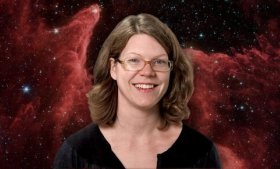
-
A new, Yale-led study has identified a quasar that may help explain how the universe’s “dark ages” finally ended.

-
An undergraduate seminar taught by astrophysicist Meg Urry adds an artistic dimension to scientific concepts of time and space.
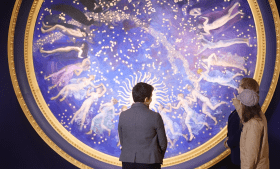
-
A Yale-led project that aims to develop quantum technology into practical applications has been awarded a prestigious grant from the National Science Foundation.

-
Yale physicist Eduardo H. da Silva Neto led an experiment that supports the existence of a new type of superconductor.
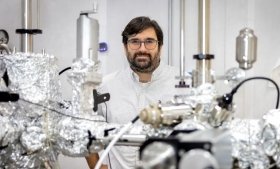
-
Lehnert is a global leader in quantum science, the fundamental physics of quantum measurements, and the development of quantum technologies.

-
Steven Lamoreaux is an atomic physicist whose research has contributed to our understanding of the dark matter that is bound to our galaxy.
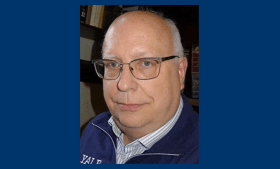
-
Charles Brown, Ian Moult, and Eduardo Higino da Silva Neto received recognition for their cutting-edge research.
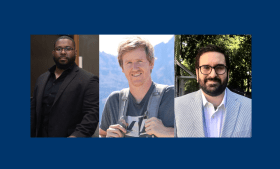
-
Physicists at Yale’s Wright Lab have pioneered a new method for detecting dark matter, neutrinos, and other elusive particles using a table-top device.
